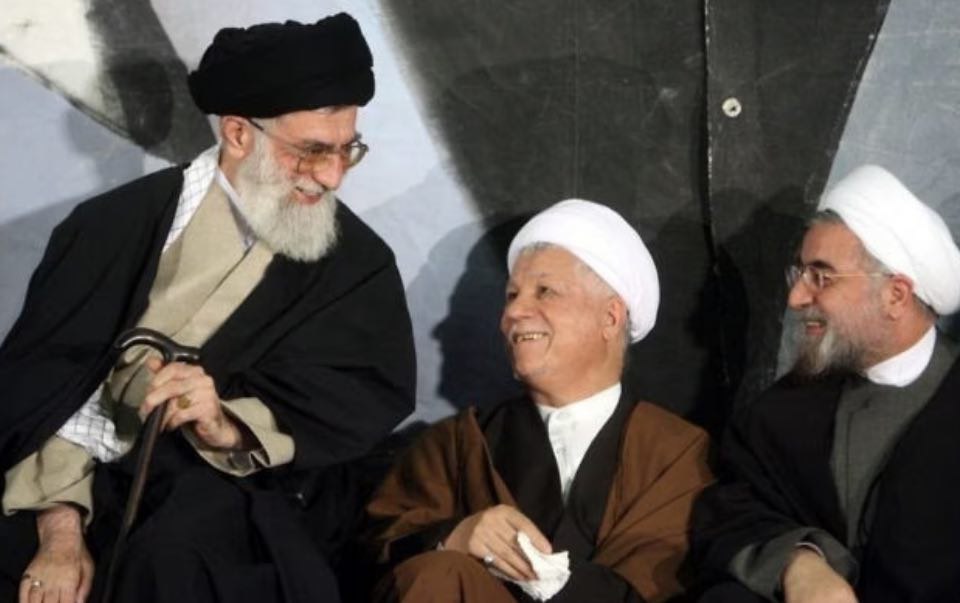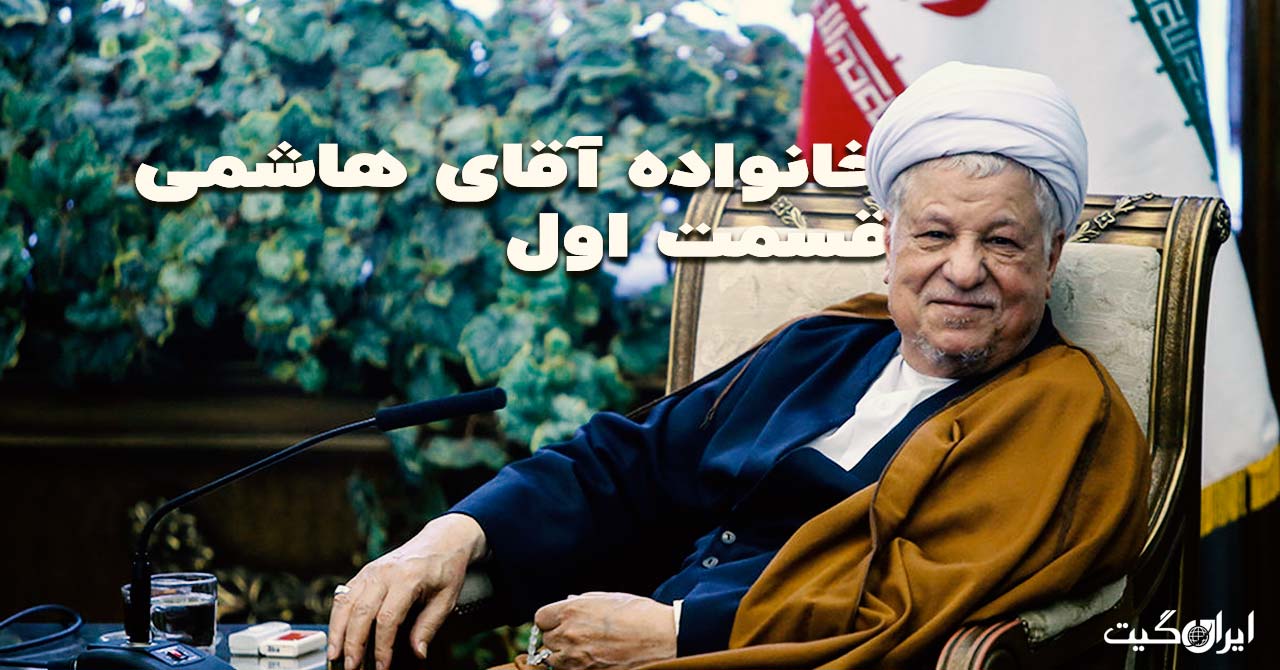Mr. Hashemi’s Family
According to Iran Gate, the Hashemi family is considered one of the important and influential figures in contemporary Iranian history. Ayatollah Akbar Hashemi Rafsanjani, who was once criticized and supported by some of his critics and supporters, has seen a strange shift in their positions in less than a decade.
He served as the fourth President of Iran from August 15, 1989, to August 3, 1997. Prior to that, he was the first Speaker of the Islamic Consultative Assembly from 1980 to 1989. During the Iran-Iraq war, Rafsanjani, as the representative of the Supreme Leader, was in charge of the Supreme Defense Council and the command of the armed forces. From 1989 until his death, he held the presidency of the Expediency Discernment Council.
He was the Deputy Chairman of the Assembly of Experts from its establishment in 1982 until 2006. From 2007 to 2011, he served as the second Chairman of the Assembly. Rafsanjani was also the founder and trustee of the Islamic Azad University.
Despite all these important political positions and roles, he was always an influential and effective politician. His most remarkable characteristic, which can be said to be unseen in any of Iran’s politicians to this day, is his exposure to being chosen.
Hashemi ran in more than sixteen elections and put himself at the mercy of the people’s vote. Whenever he felt it necessary, he participated in the elections, even in the presidential election of 2013, despite the suspicion of his disqualification due to his late political positions.
Where did the story begin?
But Hashemi’s grandson was born in the late 1980s. However, many analysts believe that the differences between Hashemi and the second leader of the Islamic Republic started during Hashemi’s second term as president, regarding economic policies and his desired development model.
In a place where Hashemi’s economic moderation policies and his desired development model did not align with Ayatollah Khamenei’s preferred model, Khamenei, who had gained some influence after several years of leadership experience, sought to hinder Hashemi’s policies with the help of his close associates and politicians, especially in the parliament. This became a consistent pattern in his dealings with subsequent presidents as well.
Now, Hashemi, who played a significant role in the leadership of Ayatollah Khamenei, saw him in front of himself, but he did not try to engage in dualism or direct confrontation, unlike those who always pursued a policy of tolerance and reconciliation in their behavior. Although Ali Khamenei strongly suffered from illegitimacy and lack of acceptability, especially in the traditional clergy and the left-wing faction at that time, Hashemi’s story of transformation, accompanied by a new reconstruction of his political image, began with the debates in 2009.
The tension between Hashemi and Ahmadinejad became evident publicly during the 2009 presidential election. In the televised debate between Ahmadinejad and Mir-Hossein Mousavi on June 3, 2009, Ahmadinejad made accusations against the Hashemi Rafsanjani family. Hashemi, three days before the election, openly criticized Ahmadinejad’s claims as lies, slander, and misinformation in a letter to Khamenei. Khamenei also addressed the issue in his Friday prayer sermon ten days later on June 19.

I have known Mr. Hashemi Rafsanjani closely since 1336, which is 52 years ago. Mr. Hashemi was one of the key figures in the movement during the struggles before the revolution. He was a serious and dedicated fighter even before the revolution. After the victory of the revolution, he became one of the most influential personalities of the Islamic Republic alongside the Imam. Even after the passing of the Imam, he stood by the leadership until today, and this man has repeatedly gone to the brink of martyrdom. Before the revolution, he used to spend his own wealth for the revolution and support the fighters. Throughout this period, we have no evidence that he has used the revolution for his own personal gain.
On July 17, 2009, Hashemi broke his usual silence after the elections and accused the Guardian Council of losing the opportunity in his Friday prayer sermons in Tehran. He considered the election results suspicious and doubtful from the people’s perspective and demanded the government to regain the people’s trust by releasing political prisoners. The gathering of two and a half million worshippers and protesters turned into the most crowded Friday prayer in the history of Iran, which resulted in clashes with the government. Hashemi, who served as the interim Friday prayer leader of Tehran since July 3, 1981, and held the record for leading prayers in Tehran over 400 times, resigned from this position after that day.
The 2013 elections
However, Hashemi, with full support from Hassan Rouhani, who was considered a close associate and trusted advisor since the beginning of the revolution, managed to build a consensus and rely on the social capital he had gained in recent years. Despite the fact that Rouhani did not have much chance according to polls, Hashemi successfully made him a president. However, Hashemi’s last presence in the election arena was a glorious farewell to the ballot box. This is because Hashemi, after participating in the Assembly of Experts elections, managed to be the first in this election by obtaining more than three million votes in Tehran. Some analysts believe that this high and unprecedented vote was a reward for Hashemi’s loyalty in defending the people’s positions, despite all the pressures and hardships he faced.
This article has been published in several sections. The other sections are accessible through the following links.

